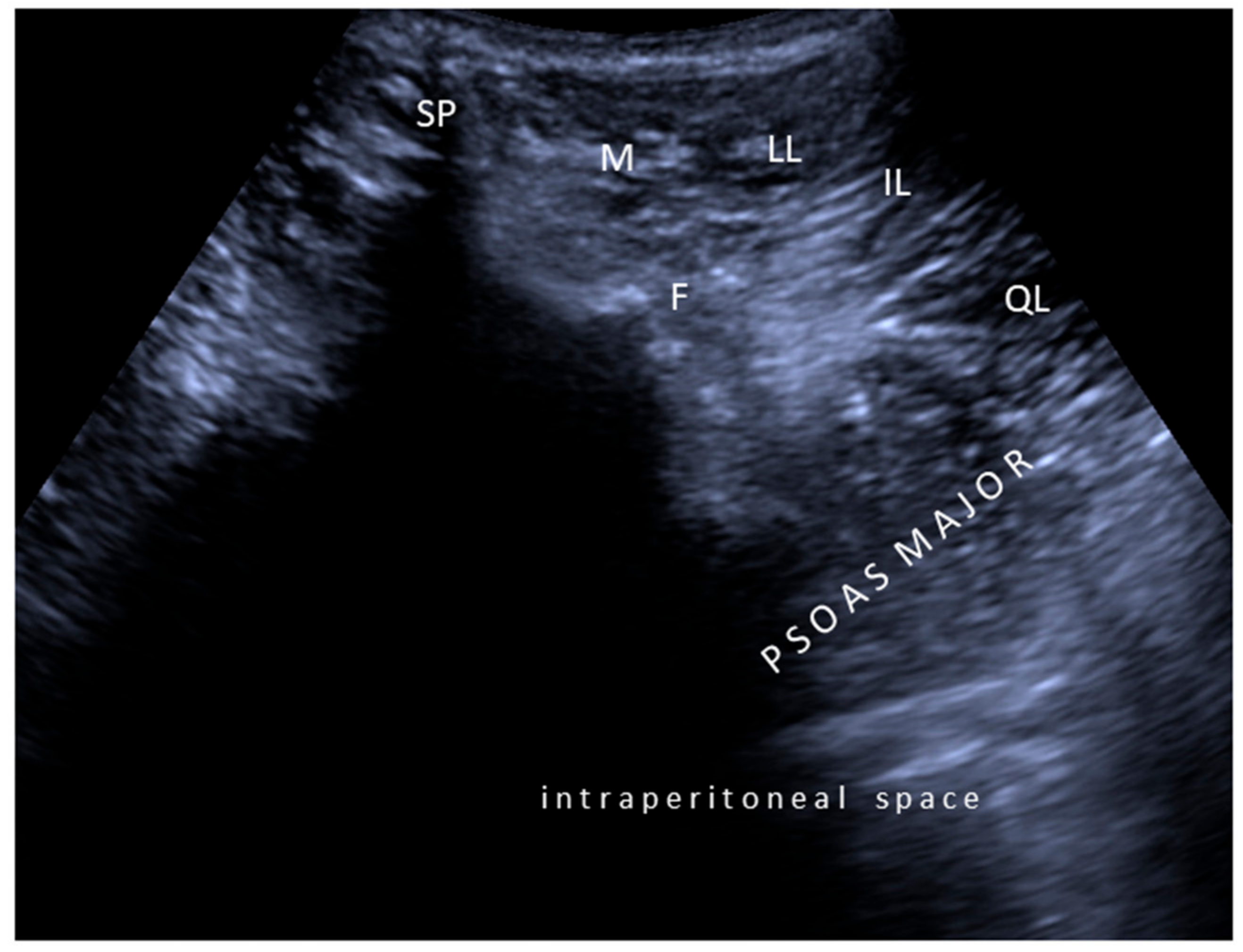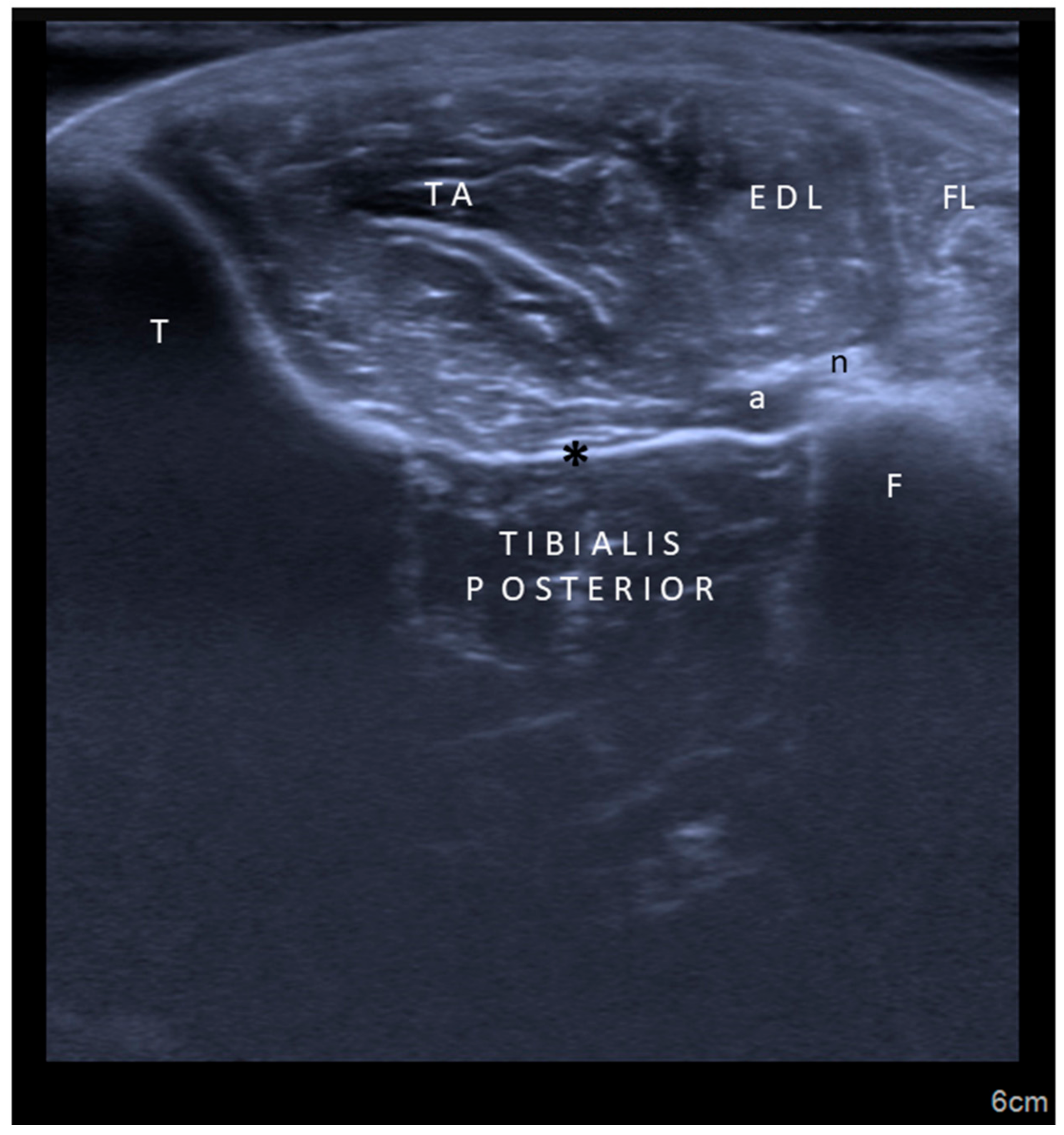Comment on Ultrasound Guidance for Botulinum Neurotoxin Chemodenervation Procedures. Toxins 2017, 10, 18—Quintessential Use of Ultrasound Guidance for Botulinum Toxin Injections—Muscle Innervation Zone Targeting Revisited
Abstract
:Supplementary Materials
Author Contributions
Funding
Conflicts of Interest
References
- Alter, K.E.; Karp, B. Ultrasound guidance for botulinum neurotoxin chemodenervation procedures. Toxins 2018, 10, 18. [Google Scholar] [CrossRef] [PubMed]
- Kaymak, B.; Kara, M.; Yağiz On, A.; Soylu, A.R.; Özçakar, L. Innervation zone targeted botulinum toxin injections. Eur. J. Phys. Rehabil. Med. 2018, 54, 100–109. [Google Scholar] [PubMed]
- Kara, M.; Kaymak, B.; Ulaşli, A.M.; Tok, F.; Öztürk, G.T.; Chang, K.V.; Hsiao, M.Y.; Hung, C.Y.; Yağiz On, A.; Özçakar, L. Sonographic guide for botulinum toxin injections of the upper limb: Euro-musculus/USPRM spasticity approach. Eur. J. Phys. Rehabil. Med. 2018, 54, 486–498. [Google Scholar]
- Kaymak, B.; Kara, M.; Tok, F.; Ulasli, A.M.; Öztürk, G.T.; Chang, K.V.; Hsiao, M.Y.; Hung, C.Y.; Yağiz On, A.; Özçakar, L. Sonographic guide for botulinum toxin injections of the lower limb: Euro-musculus/USPRM spasticity approach. Eur. J. Phys. Rehabil. Med. 2018, 54, 469–485. [Google Scholar]
- Kaymak, B.; Kara, M.; Gürçay, E.; Özçakar, L. Sonographic guide for botulinum toxin injections of the neck muscles in cervical dystonia. Phys. Med. Rehabil. Clin. N. Am. 2018, 29, 105–123. [Google Scholar] [CrossRef] [PubMed]
- Kaymak, B.; Kara, M.; Gürçay, E.; Aydın, G.; Ozçakar, L. Selective peripheral neurolysis using ultrasound imaging: A novel approach in the treatment of spasticity. Eur. J. Phys. Rehabil. Med. 2018. [Google Scholar] [CrossRef]
- Yi, K.H.; Rha, D.W.; Lee, S.C.; Cong, L.; Lee, H.J.; Lee, Y.W.; Kim, H.J.; Hu, K.S. Intramuscular nerve distribution pattern of ankle invertor muscles in human cadaver using Sihler stain. Muscle Nerve 2016, 53, 724–727. [Google Scholar] [CrossRef] [PubMed]
- Van Campenhout, A.; Hubens, G.; Fagard, K.; Molenaers, G. Localization of motor nerve branches of the human psoas muscle. Muscle Nerve 2010, 42, 202–207. [Google Scholar] [CrossRef] [PubMed]
- Kara, M.; Sekizkardes, M.; Kaymak, B.; Aydin, G.; Özçakar, L. Two-step ultrasound guidance for needle electromyography and botulinum toxin injections in cervical dystonia. Am. J. Phys. Med. Rehabil. 2018, submitted. [Google Scholar]


© 2018 by the authors. Licensee MDPI, Basel, Switzerland. This article is an open access article distributed under the terms and conditions of the Creative Commons Attribution (CC BY) license (http://creativecommons.org/licenses/by/4.0/).
Share and Cite
Kaymak, B.; Malas, F.Ü.; Kara, M.; On, A.Y.; Özçakar, L. Comment on Ultrasound Guidance for Botulinum Neurotoxin Chemodenervation Procedures. Toxins 2017, 10, 18—Quintessential Use of Ultrasound Guidance for Botulinum Toxin Injections—Muscle Innervation Zone Targeting Revisited. Toxins 2018, 10, 396. https://doi.org/10.3390/toxins10100396
Kaymak B, Malas FÜ, Kara M, On AY, Özçakar L. Comment on Ultrasound Guidance for Botulinum Neurotoxin Chemodenervation Procedures. Toxins 2017, 10, 18—Quintessential Use of Ultrasound Guidance for Botulinum Toxin Injections—Muscle Innervation Zone Targeting Revisited. Toxins. 2018; 10(10):396. https://doi.org/10.3390/toxins10100396
Chicago/Turabian StyleKaymak, Bayram, Fevziye Ünsal Malas, Murat Kara, Arzu Yağız On, and Levent Özçakar. 2018. "Comment on Ultrasound Guidance for Botulinum Neurotoxin Chemodenervation Procedures. Toxins 2017, 10, 18—Quintessential Use of Ultrasound Guidance for Botulinum Toxin Injections—Muscle Innervation Zone Targeting Revisited" Toxins 10, no. 10: 396. https://doi.org/10.3390/toxins10100396



